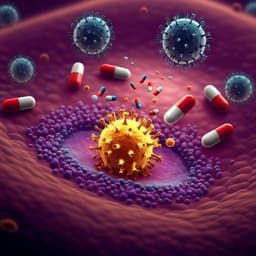
Medicine and Health
Preventive effect of ramelteon on emergence agitation after general anaesthesia in paediatric patients undergoing tonsillectomy: a randomised, placebo-controlled clinical trial
M. Komazaki, T. Mihara, et al.
This clinical trial explored the preventive effect of ramelteon on emergence agitation in children after tonsillectomy. Conducted by Maya Komazaki and colleagues, the study found no significant difference in agitation incidence between the ramelteon and placebo groups, concluding that this dose does not prevent emergence agitation in the studied population.
~3 min • Beginner • English
Related Publications
Explore these studies to deepen your understanding of the subject.







